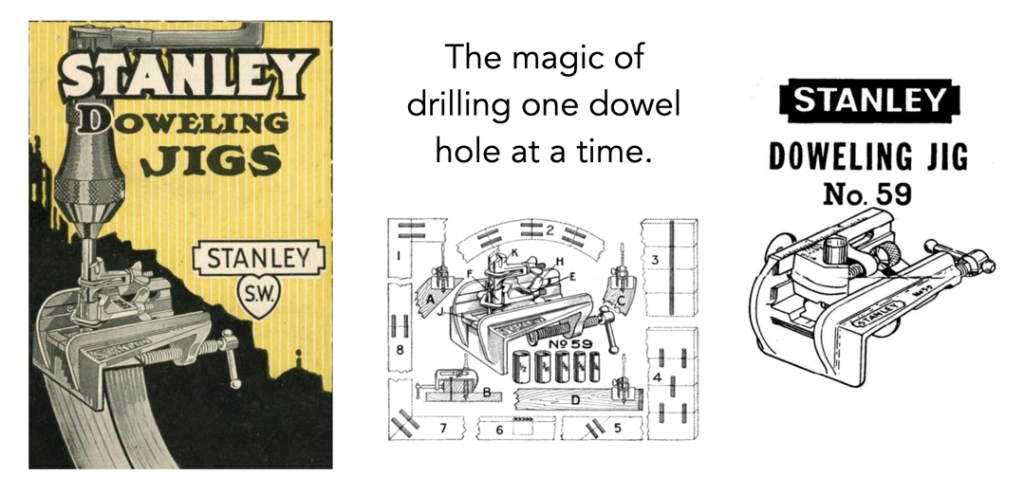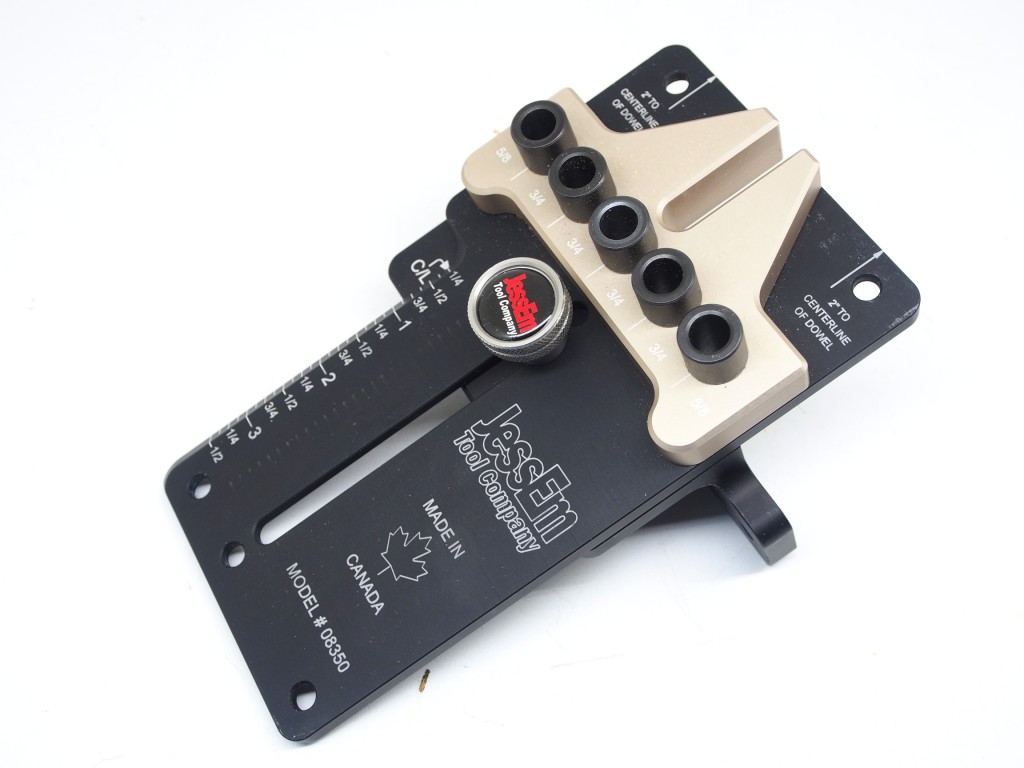We talk a lot about dovetails these days, but how were they perceived over a century ago? Paul Hasluck, in “The Cabinet Worker’s Handybook” (1907) describes dovetailing as “the most general form of jointing in cabinet work”. Yet while Hasluck describes the process, even mentioning puzzle and round-cornered dovetailing, he doesn’t go into specifics.

Below is a description on dovetail proportions and angles from a 1910 book “Modern Cabinetwork: Furniture and Fitments“, by Percy A. Wells, and John Hooper. The authors were from the Shoreditch Technical Institute, which would become the London College of Furniture.
- Setting out Dovetails − The ratio between dovetail and pin varies according to the work in hand. Thus, in draw work, the pins are very narrow, and the dovetail large (Figure 3a). This makes a strong joint, and is not unsightly or cumbersome. Carcass dovetails that are concealed by plinth or cornice have the pins cut larger, the ratio of pin and dovetail being 1:3 (Figure 3b). Cistern dovetailing required to resist the heat generated when soldering the lead lining, have both pin and dovetail equal, any shrinkage which may then occur is evenly distributed throughout the whole case (Figure 3c).
- Angle of Dovetails − The angle for cutting dovetails to obtain the maximum amount of strength from the joint may be either 1 in 6 (9.5°) or 1 in 8 (7.1°). It will be found advantageous to cut exterior dovetailing, such as drawers, instrument cases etc. where they must have a neat appearance, 1 in 8, and the heavier types of carcasses, bases, and chests, 1 in 6.
Many woodworking instruction books of the period did not specify an angle as such, or suggested that the angle of the sides of the “tail” should not exceed about 15°, for hardwoods a little more, and soft, weak woods as little as 10° [1] (note that many older texts specified angle from 75-80°, see the Figure 2). A 1 in 4 dovetail has an angle of about 14°.


- Bernard Edward Jones, Every Boy his Own Mechanic (1919)














